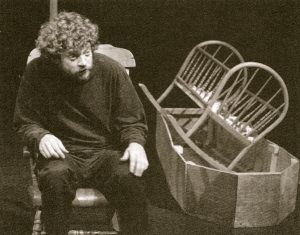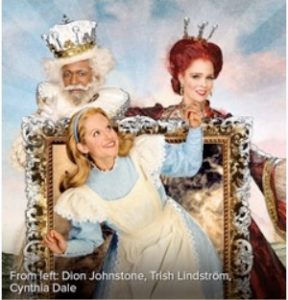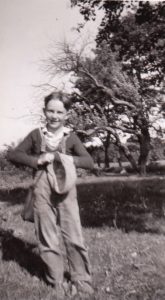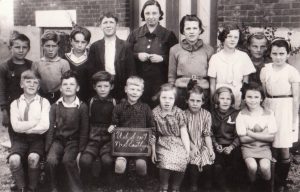The Baby
Small babe, tell me
As you sat in your mother’s cave
What did you build there,
Little baby mine?
Sir, I made the tooth
I invented the eye
I played out hair on a comb-harp
I thought up the sigh.
I pounded the darkness to
Guts, Heart and Head:
America, Eurasia and Africa
I out of chaos led.
I fought the goblins
For the heart;
‘Twas a jewel they desired,
But I held it.
I fought off the rats
From the guts.
They nibbled but I
Smashed the mutts.
I choked the bat so intent
For the diamond of my mind;
I caught him in the ogre’s cellar
The tub of blood behind.
And the darkness gave me
Two boneless wands or swords:
I knew not their meaning then
Whether traps or rewards.
One was the vorpal phallus
Filled with jostling army,
Henhouse and palace
Street crowds and history.
Two was the magic tongue
Stuffed with names and numbers,
The string of song,
The waker from fallen slumbers.
My mother opened her grave,
I sprang out a giant
Into another cave
Where I was a seed again.
Hapless and wriggly small
As in my father’s groin:
My Shakespeare’s tongue a wawl
And impotent my loin.
The sun-egg I must reach
Was steeples far away,
The world that I must name
Was shapeless, sneaky gray.
Is it wonder then I rage
An old man one hour old,
A bridegroom come to a bride
Careless, unready and cold.
My wedding cake’s still in the field;
My bride is ninety and maggoty;
My groomsmen glaring hangmen;
My bridal bed bouldery.
Small babe, tell me
As you sit in your mother’s cave
What did you build there,
Little baby mine?
James Reaney, 1959
“The Baby” is part of a sequence of poems from James Reaney’s play One-man Masque, first performed by the author on April 5-6, 1960 at the Hart House Theatre in Toronto. You can also find the poem in The Essential James Reaney (2009), available from The Porcupine’s Quill.
Listen to Jeff Culbert read “The Baby” here.

One-man Masque (1960) is available in Two Plays by James Reaney, along with Gentle Rain Food Co-op (1997), published by Ergo Books in 2003.





